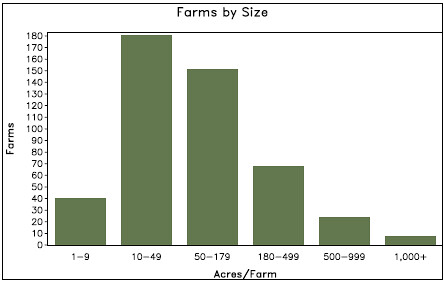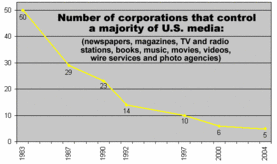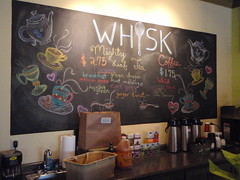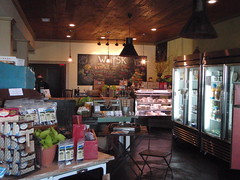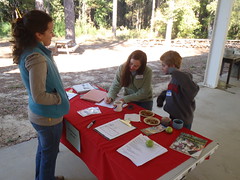Farms in Lowndes county are mostly small, averaging 145 acres, with the largest category being 10-50 acres.
Of course, that’s slightly misleading since so many small farms are rented by a few larger operators, some based in other counties. Still, small farms are the easiest to wean off the pesticide teat. Given that the average age of principal farm operator in Lowndes County is 57.9, something is likely to change soon as many of those operators retire.
We already know that local farming is linking up with local markets through Hahira’s summer farmers market, which has been going on for years, increased farmers markets, and through the new Downtown Valdosta Farm Days. That looks like a good direction.
-jsq
